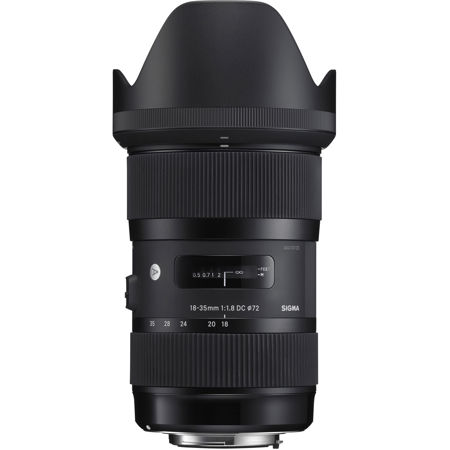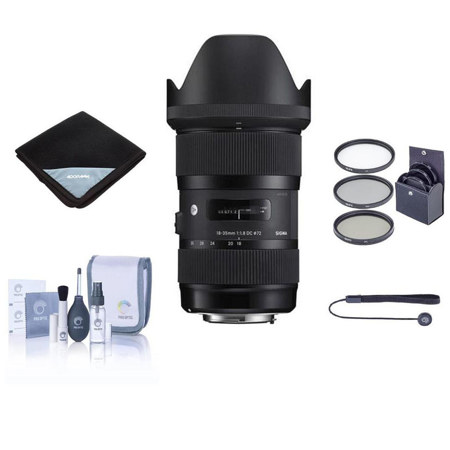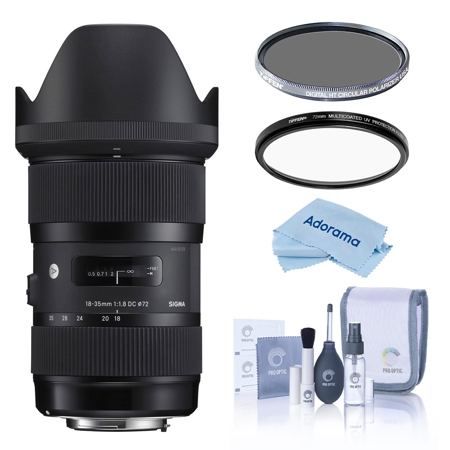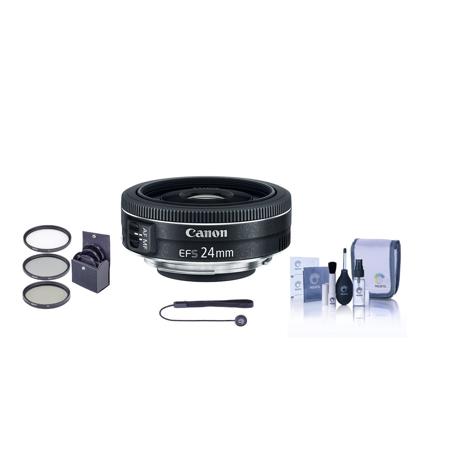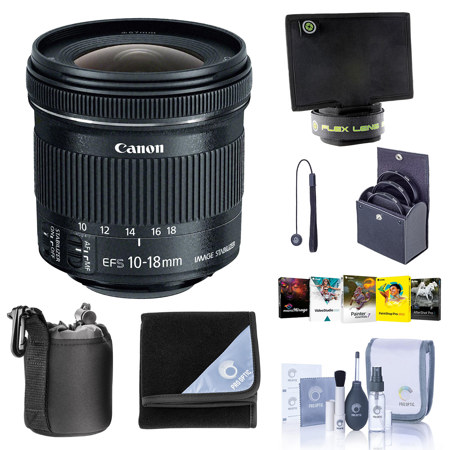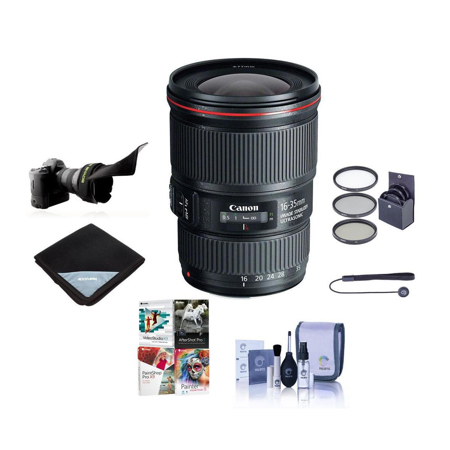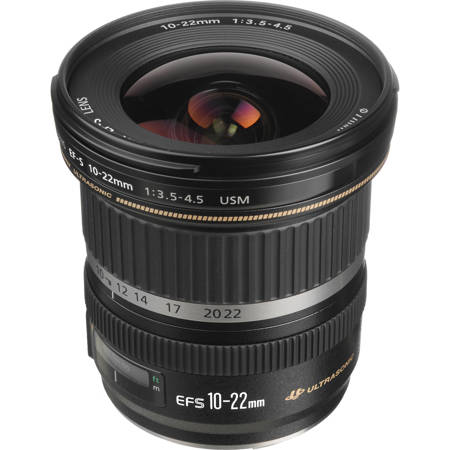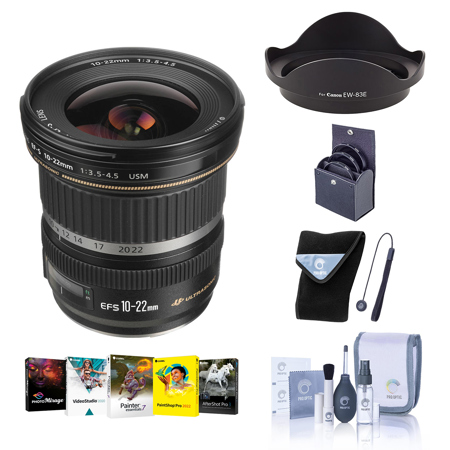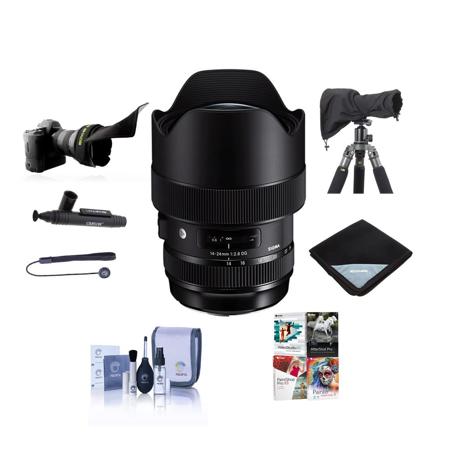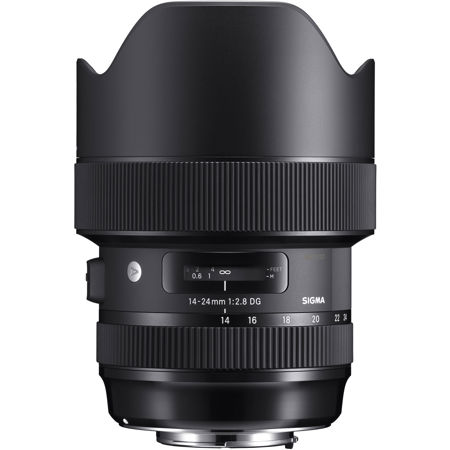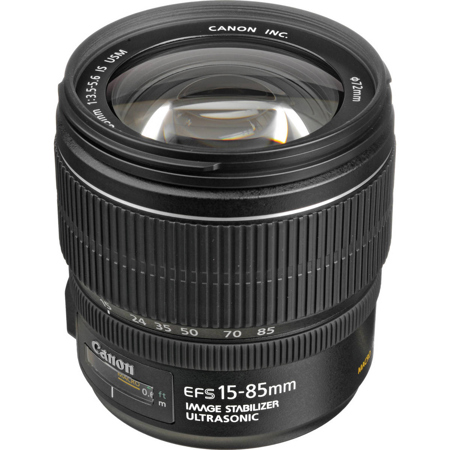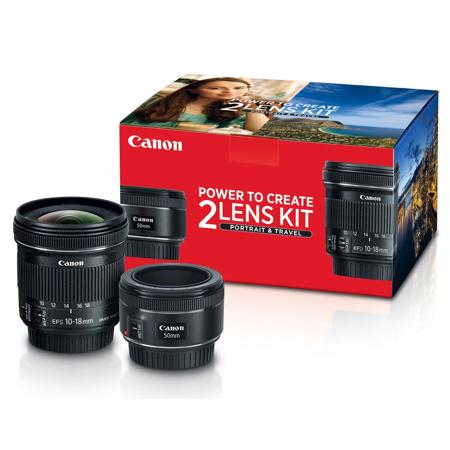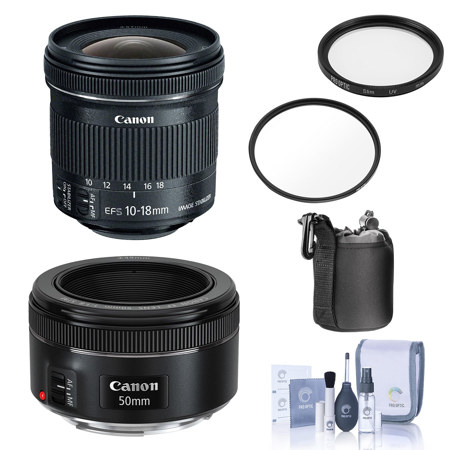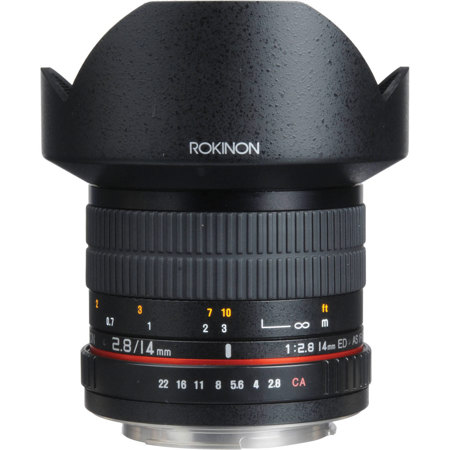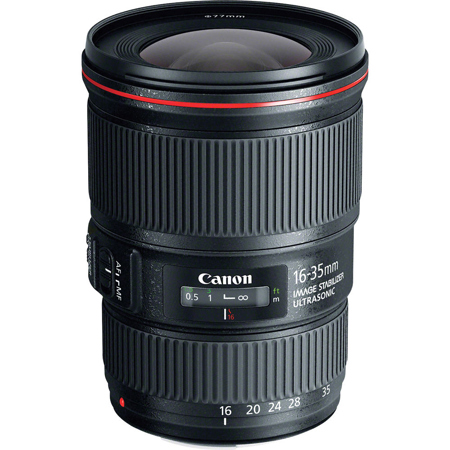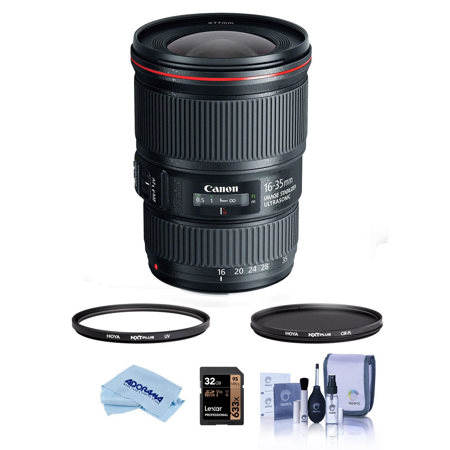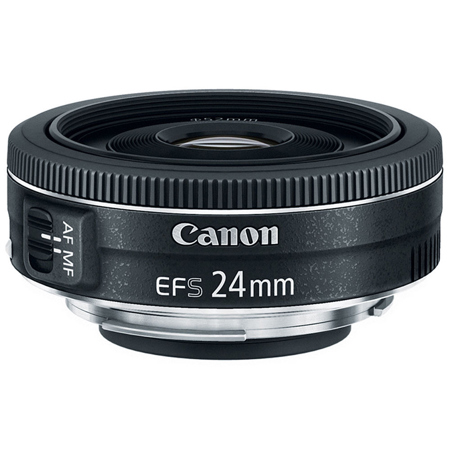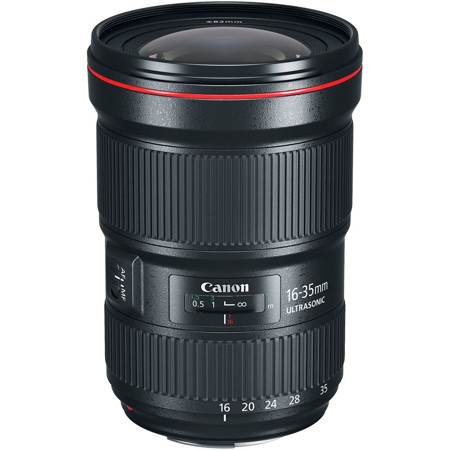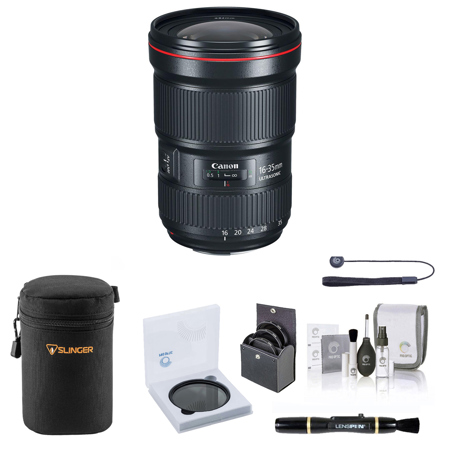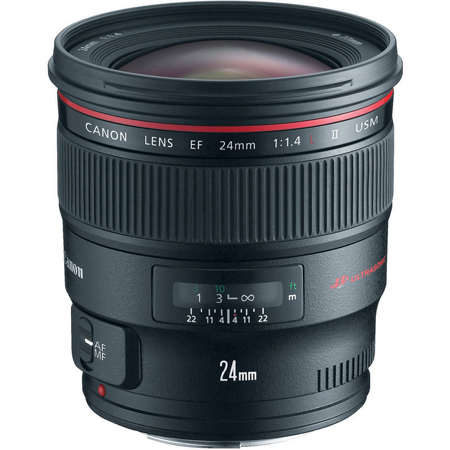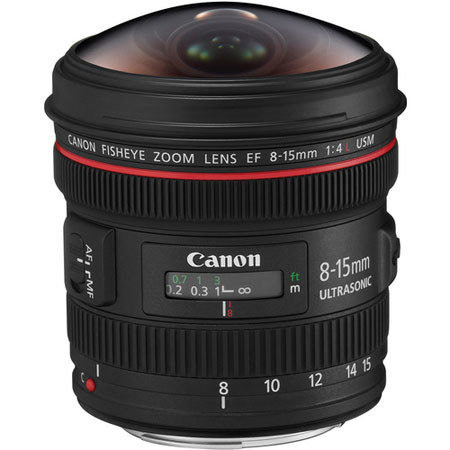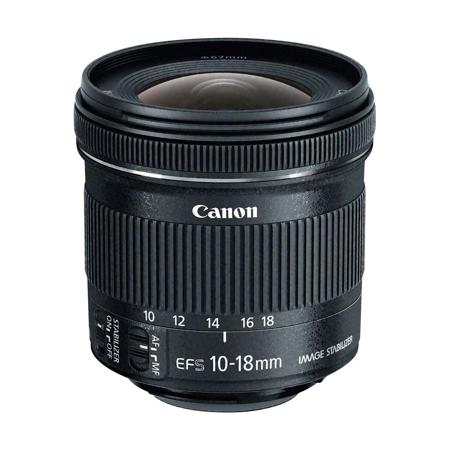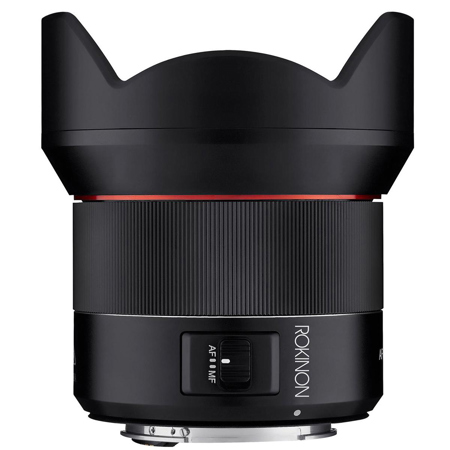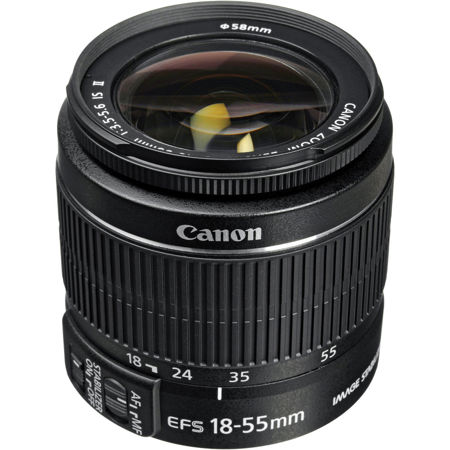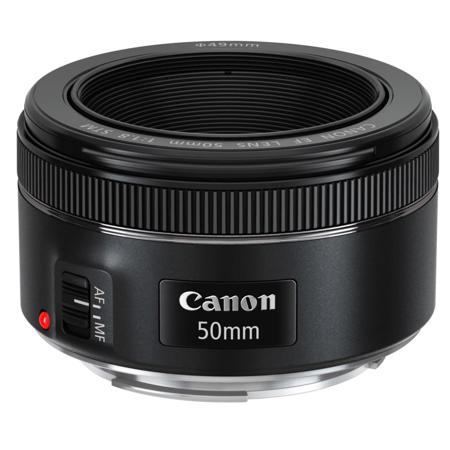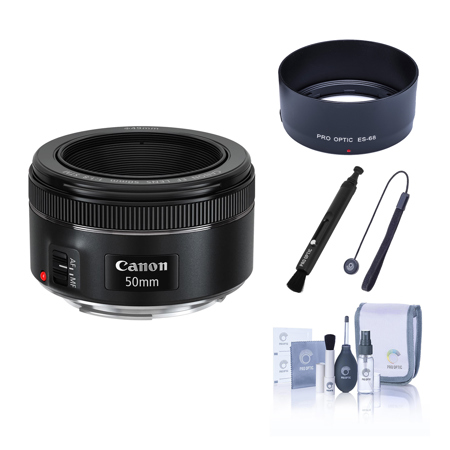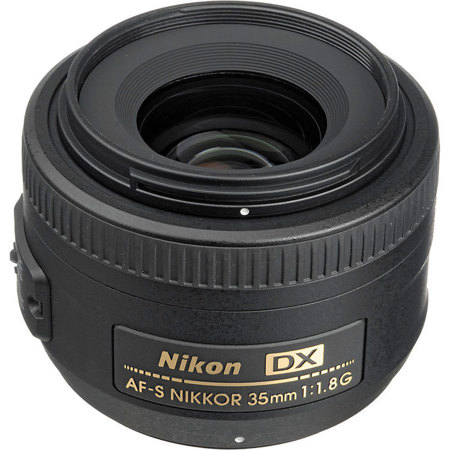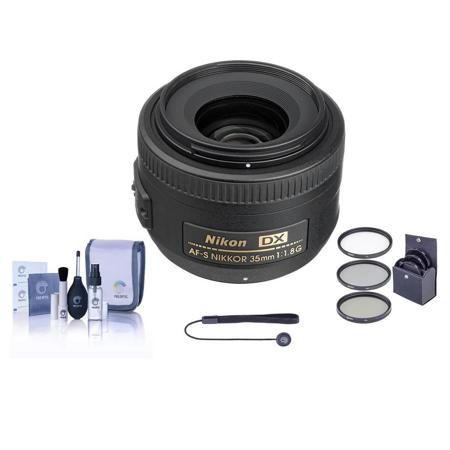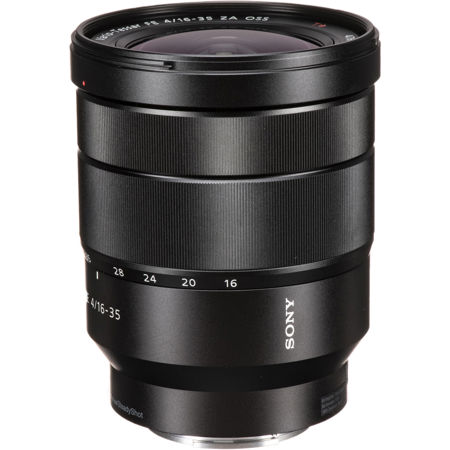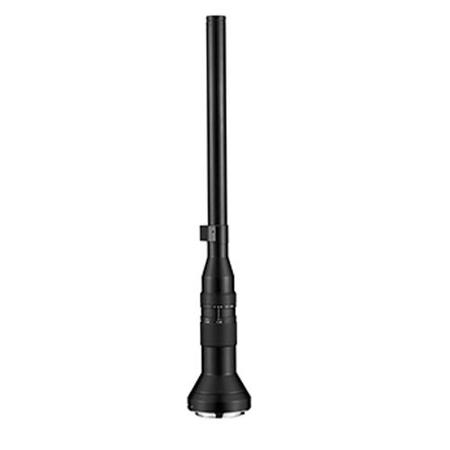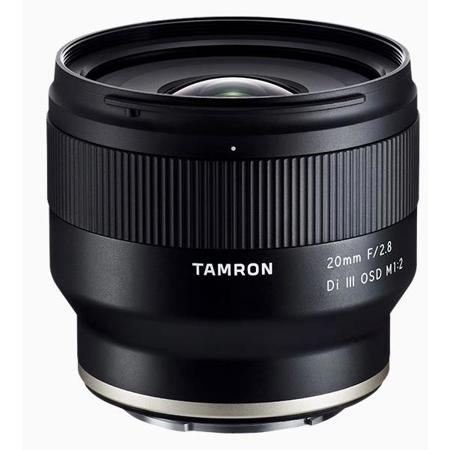Wide Angle Lenses For Canon 80 D
Wide angle lenses for the Canon 80D open up a world of creative possibilities for photographers and videographers seeking to capture more expansive scenes, dramatic perspectives, and immersive storytelling. Whether you’re a landscape enthusiast eager to frame the fiery hues of autumn foliage stretching across a vast countryside, or a city explorer looking to fit the soaring skyline into a single shot, these lenses are designed to help you see and share more of the world. The wider field of view lets you include foreground interest and sweeping backgrounds, making your images more dynamic and engaging. For those passionate about architecture, a wide angle lens can help emphasize the grandeur of historic buildings or the intricate lines of modern structures, all while minimizing distortion with the right technique. Event photographers and travelers, too, benefit from the ability to capture group photos in tight spaces or bustling street scenes with context and atmosphere. As October brings crisp air and golden light, wide angle lenses excel at conveying the full essence of seasonal landscapes, from pumpkin patches to colorful parks, allowing you to tell the story of fall in a single frame.
Choosing the right wide angle lens for your Canon 80D involves considering several factors that align with your photographic goals and style. Focal length is key: wider focal lengths (like 10mm to 18mm on APS-C sensors) deliver a broader perspective, while slightly longer wide angles (like 24mm or 28mm) offer a more natural look with less pronounced distortion. Aperture size is another important aspect, especially for those shooting in low light or aiming for creative effects like soft background blur. A lens with a larger maximum aperture can be invaluable for capturing sharp images at dusk or indoors without a tripod. Features such as image stabilization, weather sealing, and fast, quiet autofocus can enhance your shooting experience, especially if you often work outdoors or film video. For content creators and vloggers, a lightweight, compact wide angle lens is ideal for handheld shooting and dynamic compositions. If you’re searching for a thoughtful gift, wide angle lenses are an excellent choice for students, hobbyists, or anyone upgrading their kit—imagine the excitement of giving someone the ability to capture an entire mountain vista or a festive family gathering in a single shot. For those considering future upgrades or working with multiple camera systems, it’s worth exploring the differences between wide angle options for APS-C and full frame cameras; you can find more information on Wide Angle Lenses For Full Frame to help guide your decision.
Wide angle lenses aren’t just tools—they’re gateways to new creative perspectives. With the Canon 80D’s responsive autofocus and advanced imaging capabilities, pairing it with the right wide angle lens allows you to experiment with composition, play with leading lines, and emphasize scale in ways that standard lenses simply can’t match. Imagine standing at the edge of a forest in October, the trees ablaze with color, and being able to capture the entire canopy overhead and the carpet of leaves below in one breathtaking image. Or picture yourself at a bustling autumn festival, effortlessly fitting the whole scene—from food stalls to performers—into a single frame that tells the full story. Whether you’re documenting travel adventures, composing environmental portraits, or filming cinematic video sequences, a wide angle lens for your Canon 80D is an essential addition to your creative toolkit, helping you see—and share—the bigger picture every time you press the shutter.
Choosing the right wide angle lens for your Canon 80D involves considering several factors that align with your photographic goals and style. Focal length is key: wider focal lengths (like 10mm to 18mm on APS-C sensors) deliver a broader perspective, while slightly longer wide angles (like 24mm or 28mm) offer a more natural look with less pronounced distortion. Aperture size is another important aspect, especially for those shooting in low light or aiming for creative effects like soft background blur. A lens with a larger maximum aperture can be invaluable for capturing sharp images at dusk or indoors without a tripod. Features such as image stabilization, weather sealing, and fast, quiet autofocus can enhance your shooting experience, especially if you often work outdoors or film video. For content creators and vloggers, a lightweight, compact wide angle lens is ideal for handheld shooting and dynamic compositions. If you’re searching for a thoughtful gift, wide angle lenses are an excellent choice for students, hobbyists, or anyone upgrading their kit—imagine the excitement of giving someone the ability to capture an entire mountain vista or a festive family gathering in a single shot. For those considering future upgrades or working with multiple camera systems, it’s worth exploring the differences between wide angle options for APS-C and full frame cameras; you can find more information on Wide Angle Lenses For Full Frame to help guide your decision.
Wide angle lenses aren’t just tools—they’re gateways to new creative perspectives. With the Canon 80D’s responsive autofocus and advanced imaging capabilities, pairing it with the right wide angle lens allows you to experiment with composition, play with leading lines, and emphasize scale in ways that standard lenses simply can’t match. Imagine standing at the edge of a forest in October, the trees ablaze with color, and being able to capture the entire canopy overhead and the carpet of leaves below in one breathtaking image. Or picture yourself at a bustling autumn festival, effortlessly fitting the whole scene—from food stalls to performers—into a single frame that tells the full story. Whether you’re documenting travel adventures, composing environmental portraits, or filming cinematic video sequences, a wide angle lens for your Canon 80D is an essential addition to your creative toolkit, helping you see—and share—the bigger picture every time you press the shutter.
